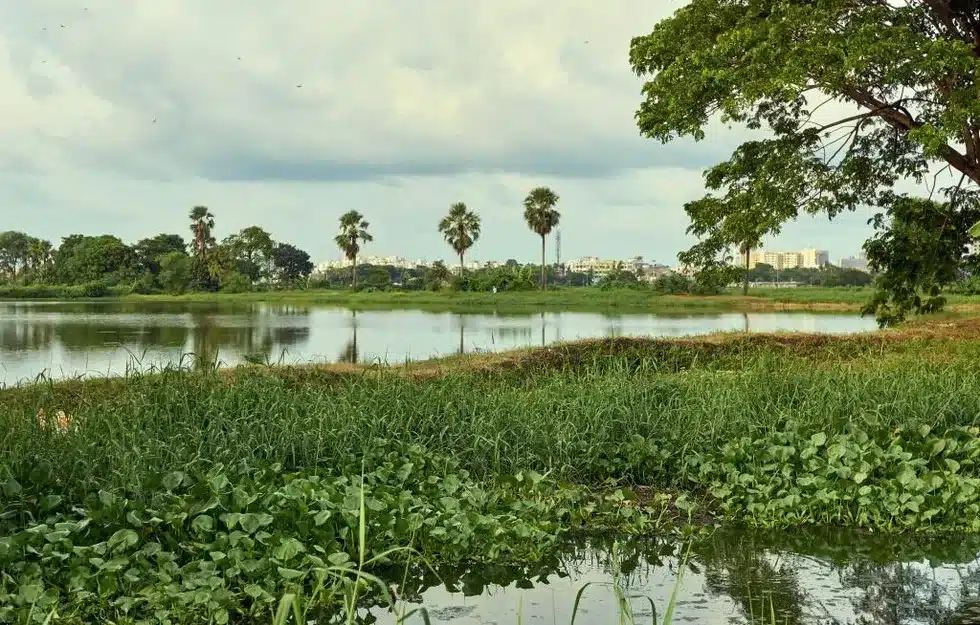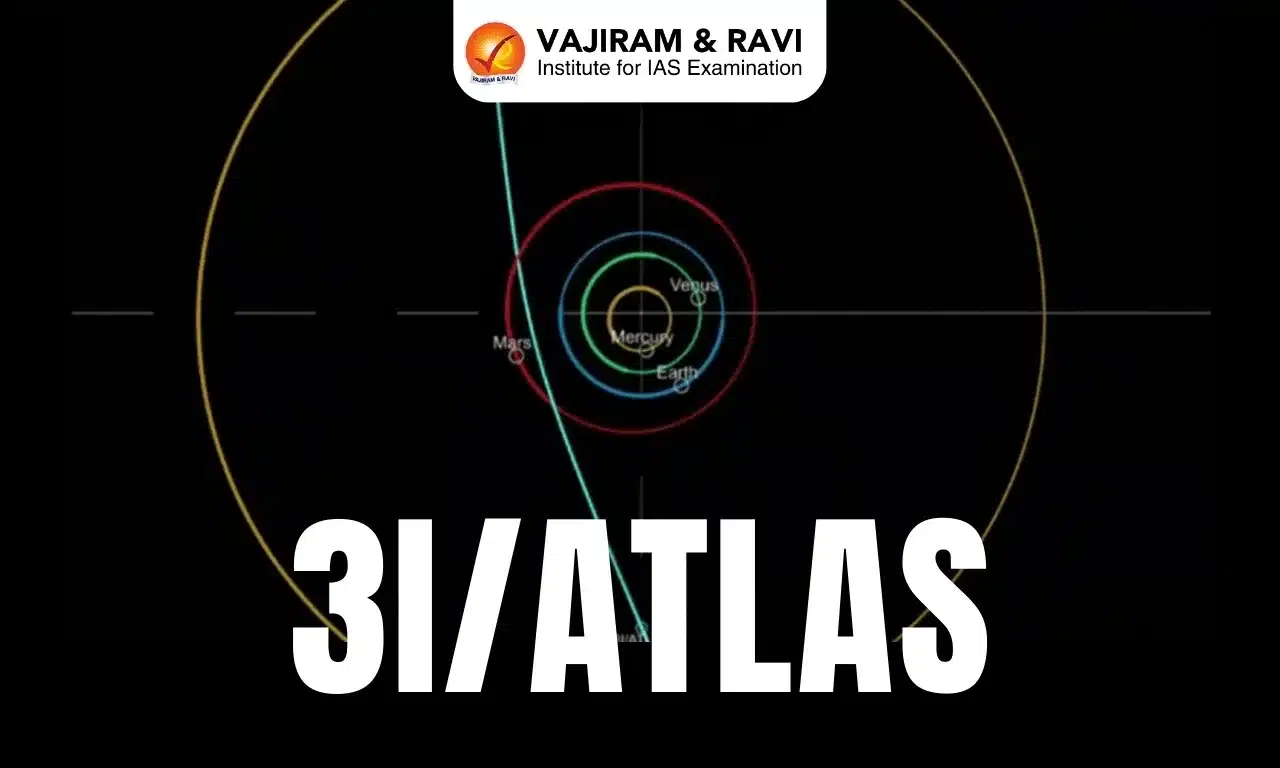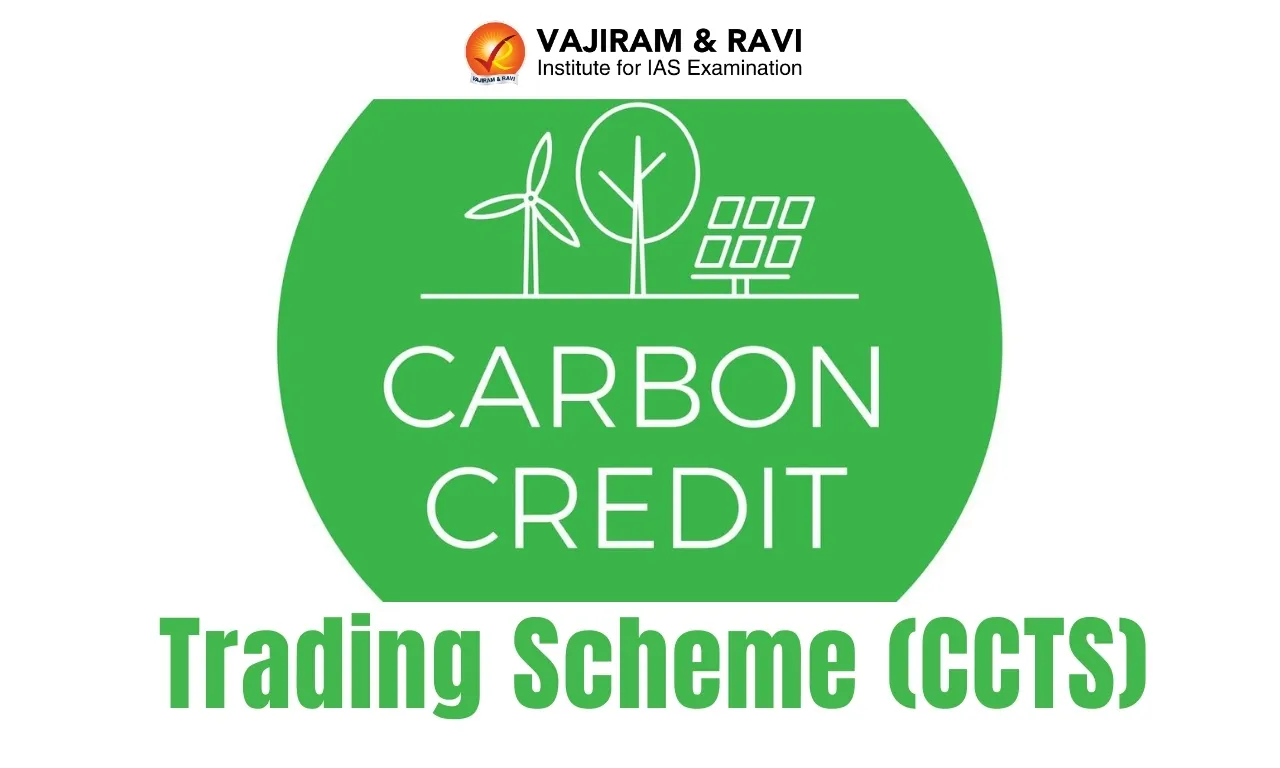About Constructed wetlands:
- These are engineered structures designed to replicate the functions of natural wetlands.
- They are composed of meticulously chosen vegetation, soil and water, orchestrated to facilitate a seamless process of purification.
- Constructed wetlands are typically divided into two categories:
- Subsurface flow (SSF): These wetlands direct wastewater through gravel beds or porous media, promoting microbial activity that degrades organic matter.
- Surface flow (SF): These wetlands demonstrate their aesthetic appeal above the water’s surface, with gently flowing streams and lush vegetation.
- Objective: To convert pollutants into benign compounds through natural processes.
- Unlike conventional concrete tanks, these wetlands foster biodiversity, welcoming a diverse array of life forms — ranging from microorganisms to aquatic plants and even birds — to engage in the purification process.
- India boasts several remarkable locations where constructed wetlands are utilised for wastewater treatment.
- One such example is the Asola Bhatti Wildlife Sanctuary in Delhi, situated on the city’s outskirts.
- The Kolkata East Wetlands in West Bengal, designated as a Ramsar site, feature a vast network of natural and constructed wetlands.
- Benefits
- Cost-Effectiveness: In contrast to traditional treatment facilities, constructed wetlands frequently offer a more economical option for construction and upkeep.
- Environmental benefits: In addition to their primary role in wastewater treatment, constructed wetlands offer supplementary environmental advantages. They function as habitats for a wide array of plant and animal species, promoting biodiversity conservation.
- Scalability and adaptability: Constructed wetlands are flexible in their scalability, able to be adjusted to fit various industrial operations and spatial limitations.
Q1: What Are Microbes?
Microbes are organisms that are too small to be seen without using a microscope, so they include things like bacteria, archaea, and single cell eukaryotes — cells that have a nucleus, like an amoeba or a paramecium. Sometimes we call viruses microbes too.
Source: Constructed wetlands are nature’s ingenious solution for wastewater treatment in India
Last updated on July, 2025
→ UPSC Notification 2025 was released on 22nd January 2025.
→ UPSC Prelims Result 2025 is out now for the CSE held on 25 May 2025.
→ UPSC Prelims Question Paper 2025 and Unofficial Prelims Answer Key 2025 are available now.
→ UPSC Calendar 2026 is released on 15th May, 2025.
→ The UPSC Vacancy 2025 were released 1129, out of which 979 were for UPSC CSE and remaining 150 are for UPSC IFoS.
→ UPSC Mains 2025 will be conducted on 22nd August 2025.
→ UPSC Prelims 2026 will be conducted on 24th May, 2026 & UPSC Mains 2026 will be conducted on 21st August 2026.
→ The UPSC Selection Process is of 3 stages-Prelims, Mains and Interview.
→ UPSC Result 2024 is released with latest UPSC Marksheet 2024. Check Now!
→ UPSC Toppers List 2024 is released now. Shakti Dubey is UPSC AIR 1 2024 Topper.
→ Also check Best IAS Coaching in Delhi














